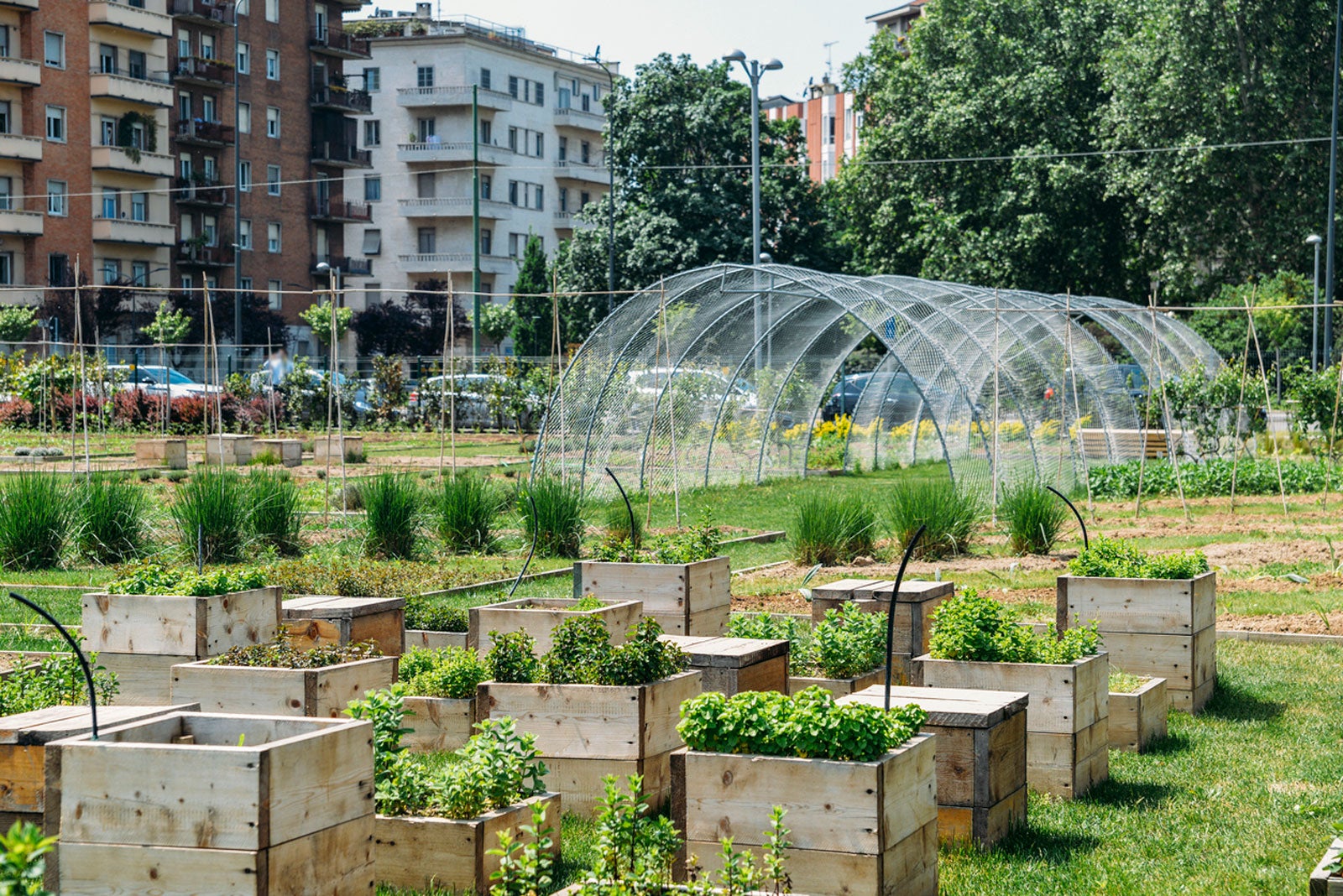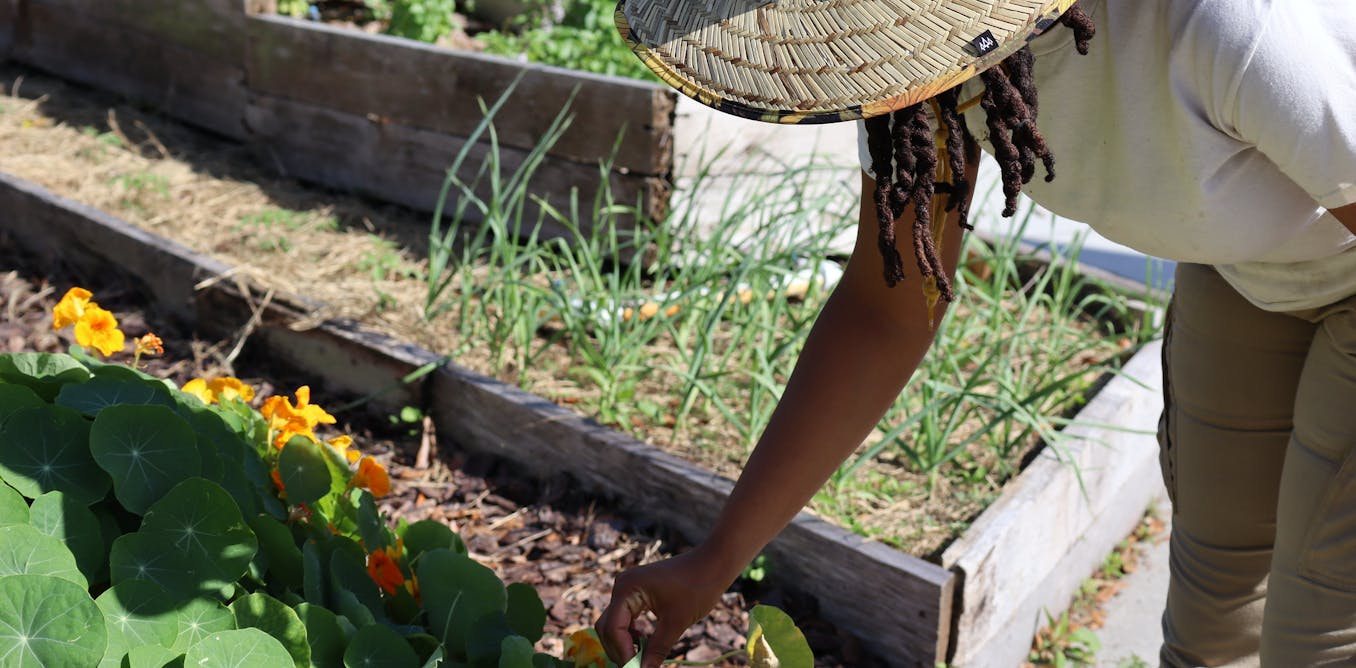Facts About City Blooming Uncovered
Facts About City Blooming Uncovered
Blog Article
The Main Principles Of City Blooming
Table of ContentsThe Main Principles Of City Blooming Excitement About City BloomingCity Blooming - The FactsCity Blooming for BeginnersHow City Blooming can Save You Time, Stress, and Money.
Interested in expanding food offer for sale in the City of Chicago? Thinking of beginning a neighborhood garden? Modifications to the Chicago Zoning Regulation enable agricultural uses like community yards and urban farms in several components of the city. Below is a listing of regularly asked questions regarding the policies and policies that cultivators need to consider when intending an urban farming task.
The zoning modification does not modify any kind of various other codes managing composting, structure permits, acquiring or renting City had home, service licenses or environmental contamination. There are existing codes that control these issues and they remain completely effect and may be relevant to your job. Neighborhood yards are normally had or managed by public entities, public organizations or community-based organizations and maintained by volunteers.
Urban farms expand food that is planned to be sold, either on a nonprofit or for-profit basis. Due to their industrial purpose, metropolitan ranches need an organization license.
Some Known Factual Statements About City Blooming
Composting is enabled but only for plant material that is produced and used on website. The quantity of garden compost product can not exceed 25 cubic backyards at any kind of given time according to the standards in 7-28-715 of the City's Municipal Code. Yes. Since the dirt at a lot of new yard sites needs modifying, garden compost, dirt, timber chips, or various other materials can be gotten to construct or boost the expanding room - urban gardening.

If a building license is called for after that the hoophouse will be taken into consideration an accessory building. You can figure out even more regarding the building permit needs by getting in touch with the Department of Buildings. The 25,000-square-foot dimension restriction is intended to stop a single neighborhood yard from dominating an offered block or taking away from the block's existing household or business character.
The limit does not put on gardens found in Public Open Area (POS) districts. Can there be greater than one community yard that is 25,000 square feet on a single block? Yes. The size restriction relates to private yards, not to specific blocks. No. Fence is not required, nevertheless, gardens that have large parking lot may be required to install fencing or various other landscape design features.
City Blooming Things To Know Before You Get This
B1 & B2 areas require that all industrial use activities be carried out indoors. Is secure fencing needed for city ranches? Fencings may be required, along with landscape design and screening, for specific car park locations and exterior work or storage areas depending on area and the certain activity taking place.
Yes. Urban farms need structure authorizations and zoning authorizations prior to construction. Other kinds of city review might be needed relying on details structures, activities, size, landscape design, licensing, public heath and stormwater administration problems. A number of these demands are identified in the job layout or permitting procedure, however, the applicant might be accountable to individually recognize specific licenses or allows that may be required.
Yes. The kind of license is identified by what is taking place at the website. The Department of Business Matters and Consumer Protection can aid figure out the particular type of business license that's called for. Yes. Off street car parking is needed for many commercial jobs in Chicago. The needed number of garage is based upon the number of staff members servicing website and not the square footage of the growing room.
Little Known Facts About City Blooming.

Yes. An urban ranch can offer garden compost material generated on site, nevertheless, the procedure should follow the policies in 7-28-715 of the Chicago Municipal Code. Yes. Aquaponic systems are permitted inside on city ranches in many zoning districts. A zoning testimonial and building authorization is needed in order to set up frameworks or systems and a company permit is required as defined above.
Up to five hives or nests of honey may be kept as an accessory usage. Beekeepers must sign up with the Illinois Division of Farming. To learn more regarding the suggested zoning amendment you may speak to the Division of Real Estate and Economic Advancement, Bureau of Planning and Zoning at 312.744.8563.
Farming in cities and metropolitan areas A city ranch in Chicago. Urban agriculture refers to different techniques of growing. https://x3n7gir0m43.typeform.com/to/xy4y6eO6, handling, and distributing food in metropolitan locations. The term also applies to the location tasks of animal husbandry, tank farming, beekeeping, and cultivation in an urban context. Urban agriculture is identified from peri-urban agriculture, which takes location in rural areas at the side of suburbs.
All about City Blooming
It can include a movement of natural cultivators, "foodies" and "locavores", who seek to form socials media based on a shared ethos of nature and neighborhood holism. These networks can establish by way of formal garden care institutional support, becoming integrated right into neighborhood town as a "shift town" motion for sustainable urban development.
Some of the very first proof of city farming comes from Mesopotamia.
Report this page